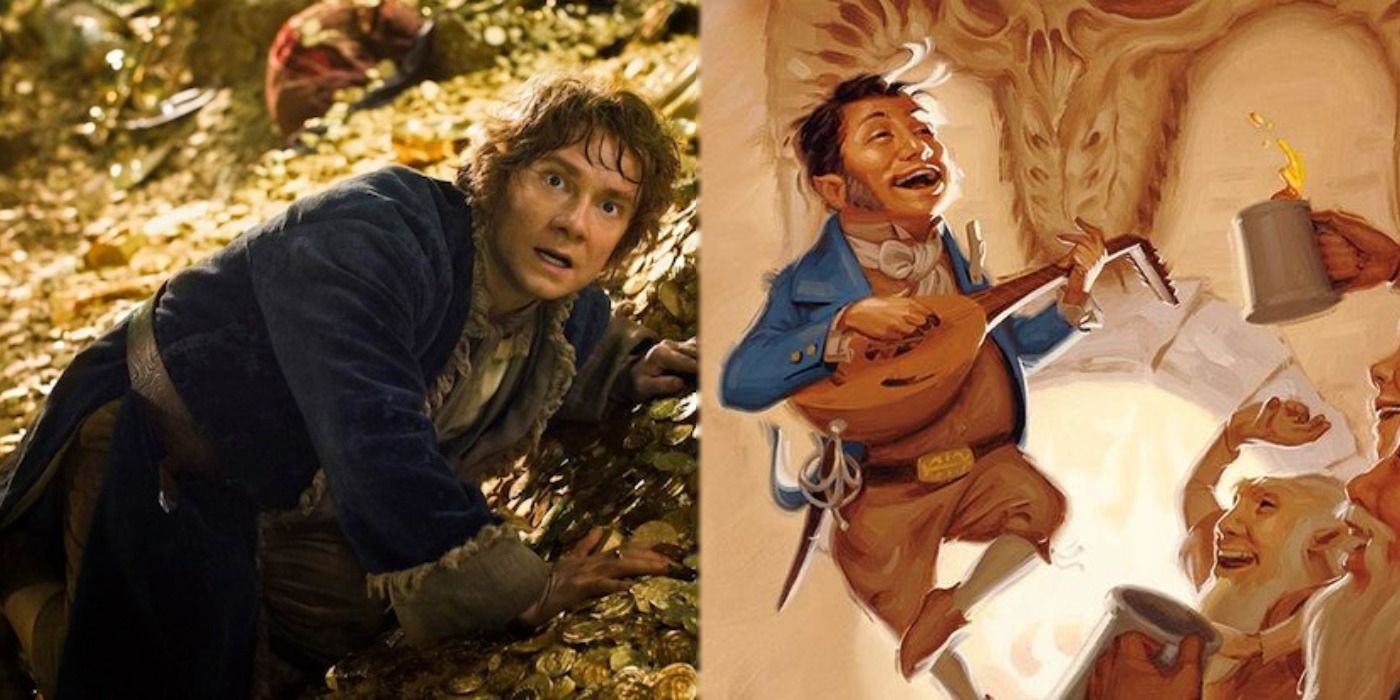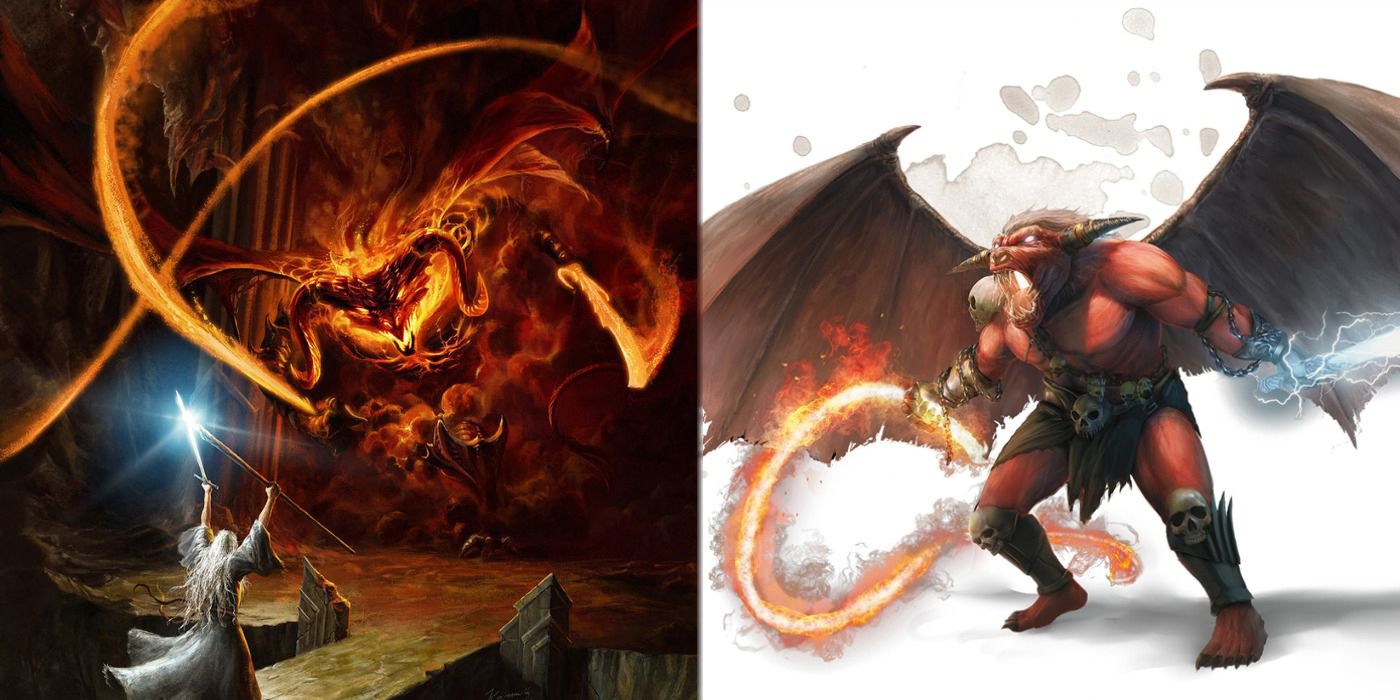It's clear that Dungeons & Dragons was inspired by The Lord of the Rings books, but the similarities between the two properties were a problem for the Tolkien Estate, leading to legal action that caused the tabletop game to be changed forever.
The Dungeons & Dragons rulebooks have never been shy about citing the inspirations for the game and many of them will include recommended reading lists for different fantasy novels, including the A Song of Ice and Fire, Conan, and Discworld series. The most recent edition of the Player's Handbook lists the works of J.R.R. Tolkien as inspirational reading for aspiring dungeon masters, which comes as no surprise. The Lord of the Rings is the prototypical Dungeons & Dragons campaign, even if the Fellowship was seriously lacking in healers.
Dungeons & Dragons is no stranger to controversy and the game has been dogged by legal issues for decades. The Tolkien Estate is one of many organizations that had an issue with the content in Dungeons & Dragons, which resulted in a lawsuit that was eventually settled out of court. According to Gary Gygax (the co-creator of Dungeons & Dragons) in a post on EN World, the Tolkien estate wanted the words dragon, dwarf, elf, ent, goblin, hobbit, orc, and warg removed from the game. According to Dangerous Games: What the Moral Panic Over Role-Playing Games Says about Play, Religion, and Imagined Worlds, the lawsuit was headed by Hollywood mogul Saul Zaentz on behalf of his company, Middle-earth Enterprises, who would go on to have his own complicated history with the Middle-earth movies.
It was successfully argued that most of those names belonged in the public domain and could be freely used by anyone, but there were three names that had to be changed. The earliest Dungeons & Dragons books featured hobbits as a playable race, while ents and balrogs could be fought by the player. Once the lawsuit was settled, hobbits were turned into halflings, ents were turned into treants, and balrogs were turned into balor.
Treants were still similar to ents after the name change, as there is really only so many possible variations of sentient trees. The balrog already had a rough description in the books, which led to the long-running argument about whether the balrog had wings or not, so the creators had more room to flesh out the balor and distance them from their source material. The halflings also underwent more changes to distance them from hobbits, which is why they don't have hairy feet. A lot of the attributes of the hobbits were split between the gnome and halfling races in Dungeons & Dragons, with neither being close enough to warrant another lawsuit.
The worlds of Dungeons & Dragons and The Lord of the Rings might have existed in separate realms for a long time, but there are now official products that tie both games together. Adventures in Middle-earth is a game that merges the setting of Middle-earth with the rules of the fifth edition of Dungeons & Dragons, with some tweaks to how classes and races work. This is possible due to the Open Game License used by Wizards of the Coast, and it means that there are now official versions of hobbits that players can transplant into their Dungeons & Dragons campaigns. Free League Publishing is developing new Lord of the Rings tabletop RPGs based on Adventures in Middle-earth and The One Ring Roleplaying Game, so there will be even more opportunities for fans to live out their own Fellowship fantasies in the future.
Source: Gary Gygax/EN World, Dangerous Games: What the Moral Panic Over Role-Playing Games Says about Play, Religion, and Imagined Worlds


